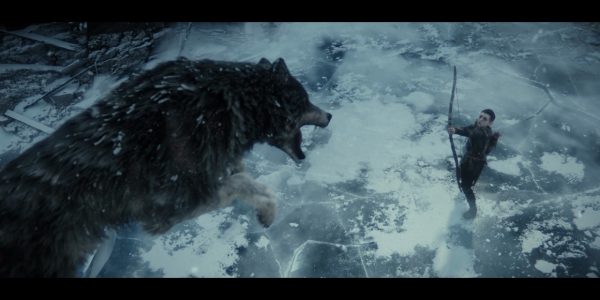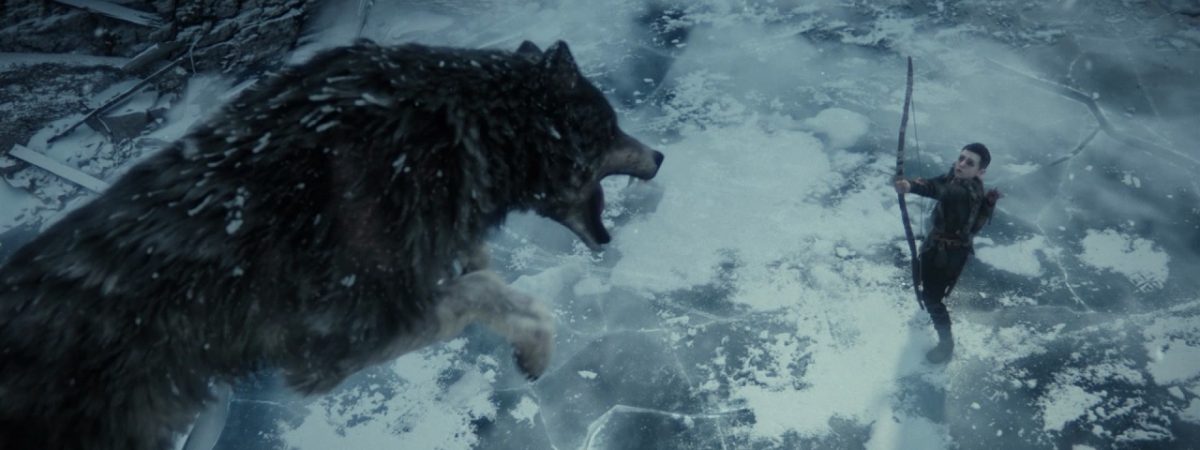There are already rumors circulating that development of God of War 5 has begun. As such, we’ve already looked at five potential new characters from Norse myth who we’d like to see in the followup to Santa Monica Studio’s latest title. Now, we’ll be looking at monsters. The latest God of War was rightly praised in most areas. However, one area which received some criticism was the game’s boss-fights.
Although there were certainly standout boss-fights, such as those against Baldur, as well as Magni and Modi, there were also a lot of boss-fights against trolls. While the trolls did differ slightly, they did feel somewhat repetitive. With that in mind, which of the many terrible monsters from Norse myth could make for excellent boss-fights in God of War 5? There’s certainly no shortage, but here’s our top five picks.
Fenrir
Besides Jormungandr, Fenrir may be the greatest of all Norse monsters. This ferocious warg is one of the three children of Loki and the giantess Angrboda. It has yet to be revealed if this parentage remains accurate in God of War; the fact that Jormungandr was hinted to be from the future implies that it could be. As such, Fenrir may also appear out of time. The most important aspect to Fenrir is that the beast is foretold to kill Odin during the events of Ragnarok, before being slain by Vidarr.
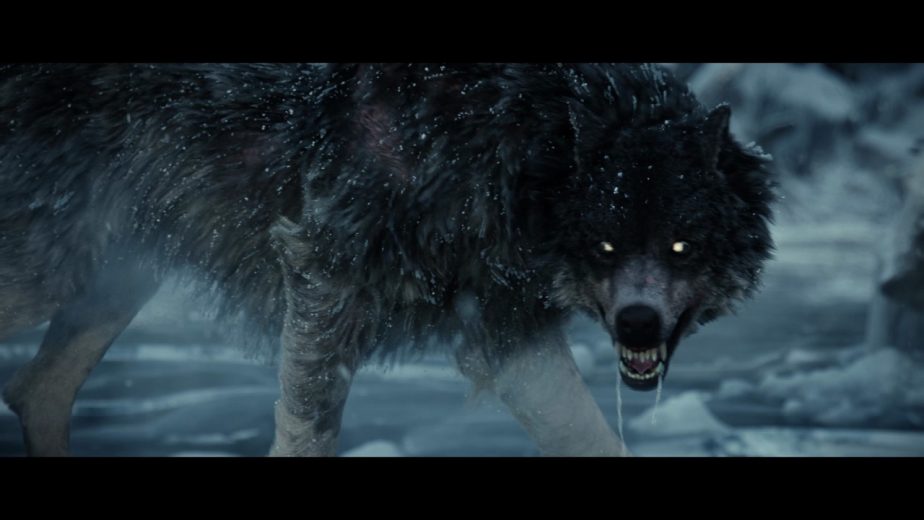
Given Fenrir’s reputation and power, if he were to appear as a boss-fight in God of War 5, it would likely be a major one. There are few monsters in Norse myth who can match the fame of the Fenris-Wolf. In myth, the gods bound Fenrir with magical fetters made by dwarves. Perhaps Kratos will have to attempt that challenge, using binds made by Brokk and Sindri?
Garmr
Although less famed than Fenrir, the wolf Garmr is nonetheless a mighty beast. In fact, Kratos may well have set the stage for Garmr to appear during the events of God of War. Garmr is a bloodthirsty hound who, in a similar role to Cerberus in Greek mythology, guards the gates of Helheim. During the events of God of War, Kratos slew a troll who was performing that duty; Mattugr Helson, thus leaving the gates unguarded. It could be that Garmr will be placed in his role as guardian sometime during the events of God of War 5. If Kratos descends to the frozen underworld again, he could well come into conflict with the beast.
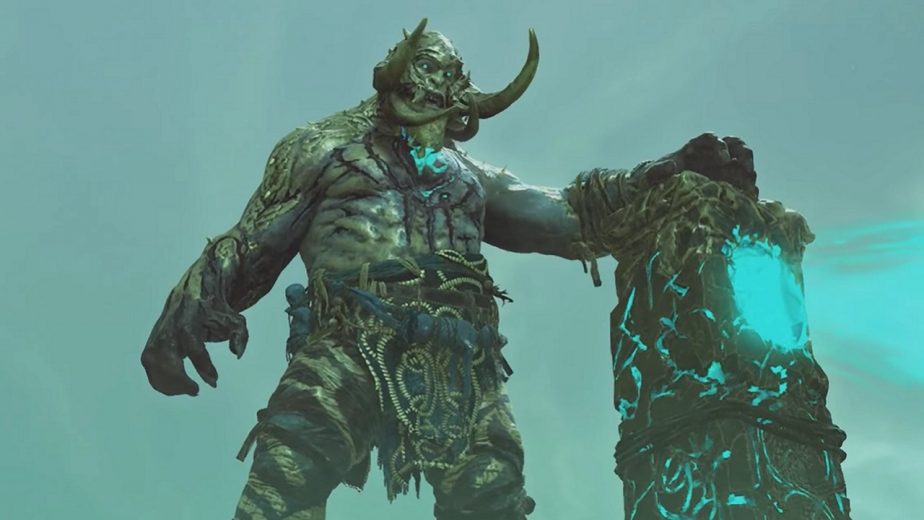
Garmr also has a role to play during Ragnarok, where he is said to emerge from Gnipahellir; the cave in Helheim where he is chained. During the battle, the wolf will kill the Aesir god Tyr, though the god will also kill him in return.
Hafgufa
While many Norse monsters are based on wolves, Hafgufa is something else entirely. Described in several Norse sagas, this beast is a vast sea monster who was said to dwell in the Greenland Sea and disguise itself as an island. According to legend, Hafgufa fed by belching out huge amounts of offal and refuse, attracting all the fish nearby. Once they had begun to feed, it would close its mouth and devour them all in a single gulp. Hafgufa was said to be the mother of all sea monsters; it could feed on whales and ships as easily as fish.
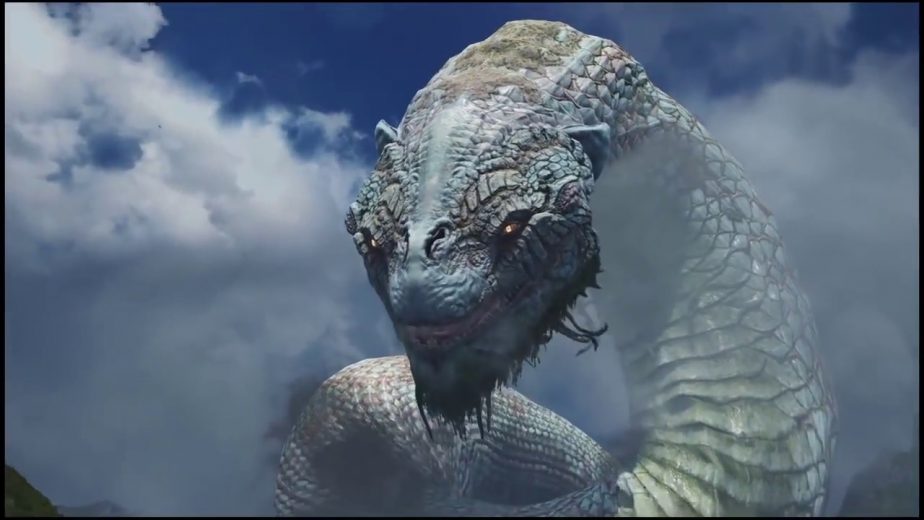
Hafgufa would bear some similarities to Jormungandr, though she cannot match the World Serpent in sheer size. Her appearance could give Kratos the chance to fight something truly massive, however, or even to venture inside of it as he did with Jormungandr during God of War. The fact that the monster is often mistaken for an island could also mean that its back could be explored as a region before the boss-fight.
Nidhoggr
One of the greatest dragons in Norse mythology, Nidhoggr dwells deep in Helheim. There it gnaws constantly upon the roots of Yggdrasil. The first part of the serpent’s name, “Nid” was a Norse term that implied the loss of honor. It was associated with villains, implying Nidhoggr as one of the most vile beasts in myth. According to the Prose Edda, Nidhoggr gnaws at Yggdrasil’s roots because they are keeping it caged in Helheim. The location where it dwells is called Nastrond, a poisonous shore where Nidhoggr also devours the corpses of those who committed murder, adultery, or oath-breaking in life.
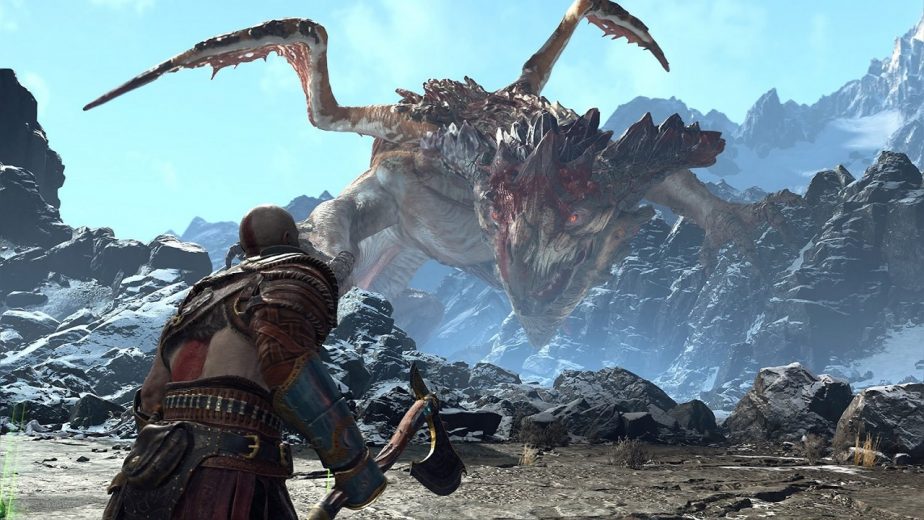
Nastrond is one of the foulest places in all of Norse myth. If Kratos had to venture there, it would be a dangerous trip indeed. The place is said to be filled with rivers of snake venom, with halls made from the serpents’ bodies. Nidhoggr could be the largest dragon Kratos might face. He would certainly be larger than Fafnir or Hraezlyr.
Sköll and Hati
Another pair of wolf-like monsters, Sköll and Hati are wargs, and the sons of Fenrir. They were mentioned in wall murals during God of War, and also had their own More Than Myth shrine. Their fate was left hazy, but in myth they play a very important role in Ragnarok. These two wargs constantly chase Sol and Mani, the sun and moon, as they move through the sky; determined to one day catch and devour them.
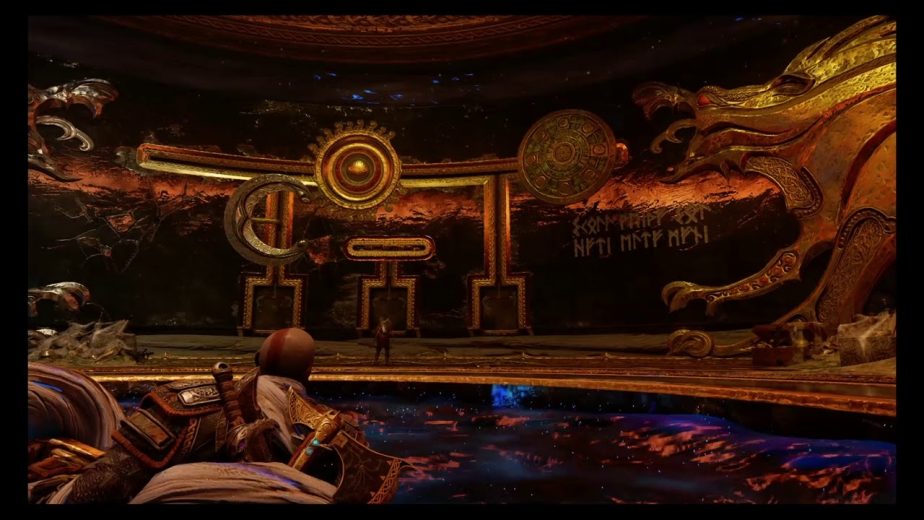
According to the myths concerning Ragnarok, the wargs are foretold to achieve their goals. They will capture the sun and moon, consume them, and plunge the world into eternal darkness. This pair of fearsome monsters could make for an excellent boss-fight in a similar manner to Modi and Magni – a pair of bosses for Kratos to take on.
